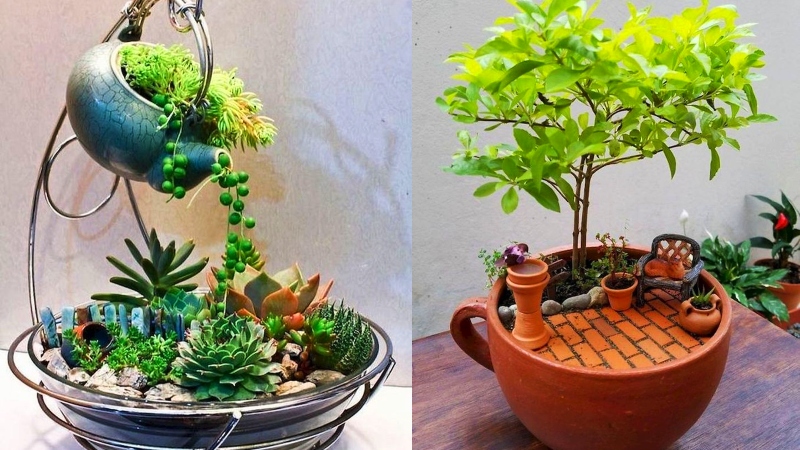Catnip, also known as Nepeta cataria, is a perennial herb that belongs to the mint family. It, alongside catmint, is a popular plant among cat owners because of its euphoric effect on cats. However, catnip has several uses beyond keeping your feline friend happy, and it’s easy to grow and care for. In this article, we will discuss everything you need to know about growing and caring for this versatile, medicinal herb.
Growing Catnip
Catnip is an easy plant to grow, and it thrives in most soil types. It prefers full sunlight and well-draining soil. Here are the steps to follow when growing catnip:
Find a location in your garden that receives full sunlight. This hardy herb requires at least 6 hours of sunlight every day. Prepare the soil by removing weeds and debris. Add organic matter like compost or well-rotted manure to the soil to improve its fertility and drainage.
Sow seeds or transplant new starts in the prepared soil. The seeds should be sown 1/4 inch deep and 18-24 inches apart. Water the soil thoroughly. Keep the soil evenly moist but not waterlogged. Overwatering can lead to root rot, so be careful not to water too much.
This herb is pretty simple to grow and really doesn’t need much fertilizer. However, you can fertilize it with a balanced fertilizer once a month during the growing season if it seems to be struggling or you suspect any kind of nutrient deficiency from poor soil. This should be exceedingly rare, though.
Catnip can be harvested once the plants are about 12-18 inches tall. Cut the stems just above the leaves, leaving about 1 inch of stem attached to the plant.
Caring for Catnip
Catnip is a low-maintenance plant, but it still requires some care. Here are some tips on how to care for catnip plants:
- Watering: Water yourplants regularly to keep the soil moist. Avoid overwatering, as this can lead to root rot.
- Mulching: Mulch around the catnip plants with straw, shredded leaves, or grass clippings to retain moisture and suppress weeds.
- Pruning: Prune these herbs regularly to promote bushier growth and prevent them from becoming too leggy. Cut the stems back to about 4-6 inches after the first flush of growth.
- Pests and Diseases: Catnip is relatively pest and disease-resistant. However, you should keep an eye out for aphids, spider mites, and whiteflies. Treat infestations with insecticidal soap or neem oil.
- Propagation: Catnip can be propagated from stem cuttings or by dividing the root ball. Cuttings should be taken in the spring or fall, and they should be about 4 inches long.
Herbal Uses
Catnip has several uses beyond entertaining your cat – and you by proximity. It has medicinal properties and can be used as a natural remedy for various ailments.
It also has a calming effect on humans and can be used as a natural remedy for anxiety and insomnia. It can also be used to treat digestive issues like bloating, gas, and indigestion.
Amazingly, tea made from this herb can help alleviate the symptoms of cold and flu, including coughs and congestion. Catnip oil can be used as an effective insect repellent and can be used to repel mosquitoes, ants, and other insects.
Growing and caring for these plants is easy, and it’s a great addition to any garden. Not only is it a natural and safe way to entertain your cat, but it also has several medicinal
Why catnip affects cats
Catnip has a unique effect on cats because it contains a chemical compound called nepetalactone. This compound is found in the leaves and stems of the catnip plant and is responsible for behavior changes in cats.
When cats smell or ingest this herb, the nepetalactone binds to the olfactory receptors in their noses, triggering a response in the brain. This response is similar to the way that pheromones affect cats, and it leads to a range of behaviors, including rolling, rubbing, and licking.
Not all cats are affected the same way, and the response can vary from cat to cat. The sensitivity to catnip is an inherited trait, and some cats simply don’t have the genetic makeup to react to it. Kittens under six months old also tend not to respond to catnip.
It’s important to note that while catnip is generally considered safe for cats, it’s best to offer it in moderation. Too much can cause vomiting and diarrhea in some cats. Additionally, cats can become desensitized to the effects of catnip over time, so it’s best to offer it as an occasional treat rather than a daily indulgence.











